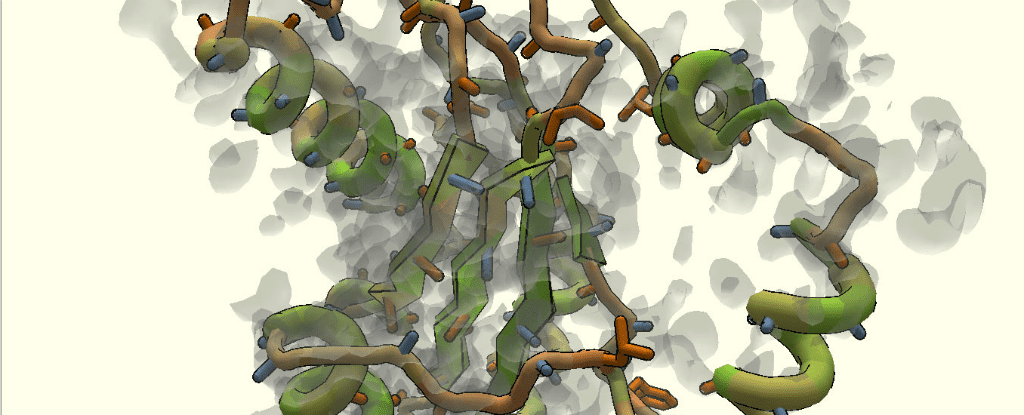Internet users playing a free and simple game have beat trained scientists in a competition to see who could figure out the shape of a protein, based on biochemical data.

It isn’t the first time something like this happens. In 2011, gamers solved decade old HIV puzzle in ten days and earlier this year, a scientific journal agreed to publish a paper by gamers who played Stanford’s EteRNA game with great success. This time, they worked on a protein shape.
The competition pitted 469 gamers playing Foldit, two highly trained crystallographers, two computer algorithms, and 61 undergraduate students using computer modelling programs against each other. The goal was to see who could create an accurate model of the protein YPL067C by interpreting electron-density maps – and who could do it the fastest.
It was a painstaking process for all parties involved, especially for gamers, who went through a swarm of trial-and-error stages, but ultimately, they created not only the most accurate model, but they did it the fastest.
“We think this is a big deal because interpreting an electron-density map can be a labour-intensive, error-prone process – and we show that crowd-sourced Foldit players can do it as well as, or better than, professionally trained crystallographers,” said team member Brian Koepnick, from the University of Washington.
The players had no previous experience in biology and no special aptitudes.
“It shows that anybody with a 3D mentality, including gamers, can do something that previously only scientists did, and in doing so they can help scientific progress,” said the study’s co-author James Bardwell, from the University of Michigan.
This also shows that games can be an excellent way of learning. After the contest was over, gamers knew much more about proteins than when they started – even more than students in some cases. Learning from games is often easier because it’s fun – it’s something you want to do, not something you have to do.
“I’ve seen how much players learn about proteins from playing this game,” said co-author Scott Horowitz, from the University of Michigan. “We spend weeks and weeks trying to jam this into students’ brains and Foldit players learn it naturally because it’s fun.”
Gamification, as well as citizen science, holds great promise for the future. If we can find out creative and efficient ways to blend the two together, science could get a great boost.






